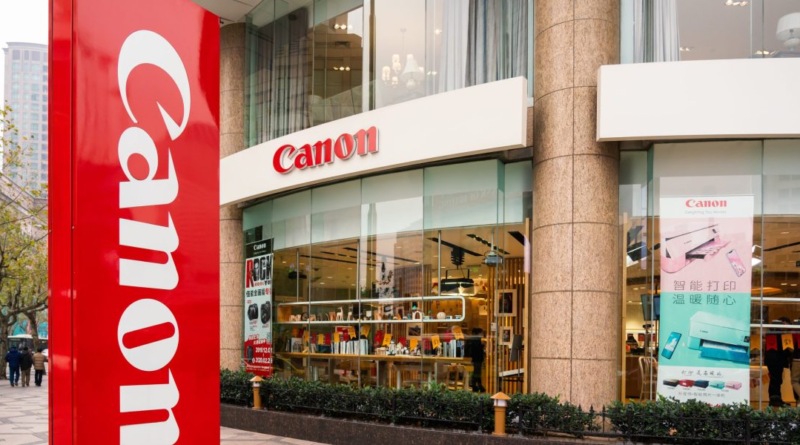Canon, best known for its cameras and printers, wants to undercut ASML and its $150 million chipmaking machines
Japanese imaging company Canon wants to recapture its former glory in the semiconductor industry. And to do that, it’s going after the chipmaking equipment made by ASML Holding, Europe’s most valuable tech company and the only producer of the tools that make the most cutting-edge semiconductors. Canon has spent a decade testing a cheaper way to make advanced chips, and now it thinks its solution could be ready to go as soon as later this year.
“We would like to start shipping this year or next year, said Hiroaki Takeishi, head of Canon’s industrial group, to the Financial Times. “We want to do it while the market is hot.”
Canon wants to position its new nanoimprint lithography technology as a cheaper alternative to the extreme ultraviolet lithography (EUV) chipmaking machines used to make the most advanced semiconductors. The market is currently dominated by Dutch company ASML. While the company’s machines are expensive, costing over $150 million apiece, they are also vital to making the most cutting-edge chips, designated as 5-nanometer chips or smaller.
Nanoimprint lithography stamps the chip’s design directly onto a silicon wafer, while EUV instead uses light to etch circuit patterns.
Canon has spent over a decade trying to develop its own chipmaking technology, and says it has only now made it commercially viable. The company claimed to the Financial Times that the technology uses significantly less power than ASML’s EUV machines, while being “one digit” cheaper. Canon has previously claimed that its technology can already produce a 5nm chip, and the company is targeting a 2nm chip, the most cutting-edge chip that companies like TSMC and Samsung hope to mass produce.
Most consumers may know Canon for its products like cameras and printers, but the company also has a history as a supplier of semiconductor manufacturing equipment. Yet it fell behind ASML in the race to develop lithography technology.
Twenty years ago, Canon was ranked 178th on the Fortune Global 500, which ranks the world’s largest companies by revenue, with $23.4 billion in sales at then-current exchange rates. The company fell to #444 in the 2022 edition of the list, with $32 billion in revenue, before falling off the list entirely last year.
Canon admitted to the Financial Times that it will need to convince customers, already used to EUV, to switch to the new technology.
“Since the existing chip manufacturing processes are optimised for EUVs, there will obviously be various difficulties in terms of bringing in new technology,” Takeishi said.
Another big question is whether Canon will be able to sell this technology to Chinese customers. Japan has signed onto the U.S. drive to limit exports of advanced semiconductors and chipmaking equipment to China. (The Netherlands has joined as well, limiting ASML’s sales to Chinese customers). These controls are encouraging Chinese companies to stock up on whatever machinery they can get in order to improve their own domestic chipmaking capability.




